SANTA ROSA, Calif. — Four new Nippon Sharyo diesel multiple unit cars for Sonoma-Marin Area Rail Transit were damaged during shipment from the manufacturer and will be sidelined until repairs can be made.
The vehicles were shipped from Japan to a port in Georgia and were en route from there to California on a Union Pacific train when “something happened,” SMART’s superintendent of maintenance, Husani Longstreet, told North Bay Business Journal. “There has been an investigation; however, nothing from Union Pacific at this time.”
Jeanne Mariani-Belding, a spokeswoman for SMART, says that the damage was in the gangway area of the cars.
The $11-million trainsets will enable expanded service to begin next spring. Additional engineers and conductors also need to be hired and trained.
Mariani-Belding is confident that the cars will be ready. “The parts are currently being fabricated and we have a team that’s keeping in touch with the vehicle manufacturer to make sure that all deadlines are being met,” she told Trains News Wire.
Because the vehicles arrived damaged, SMART has not accepted delivery, and it remains the responsibility of Nippon Sharyo to complete repairs. They are currently at SMART’s Rail Operations Center in Santa Rosa. “Once we are satisfied that our cars are as good as new, we’ll accept the delivery and begin the process of testing the new trains and getting them ready to be placed into service,” Mariani-Belding says.
Each two-car trainset is 85 feet long and weighs 140 tons. Powered by a 760-hp clean diesel engine, the trains can carry up to 300 passengers at speeds up to 79 mph.
Currently, seven two-car trainsets serve the 43-mile line from Sonoma County Airport to downtown San Rafael. Future extensions are planned to Larkspur on the south end and to Windsor, Healdsburg, and Cloverdale on the north, completing the 70-mile route. Funding is in place, and the 2.1-mile Larkspur extension is expected to be finished by the end of 2019.





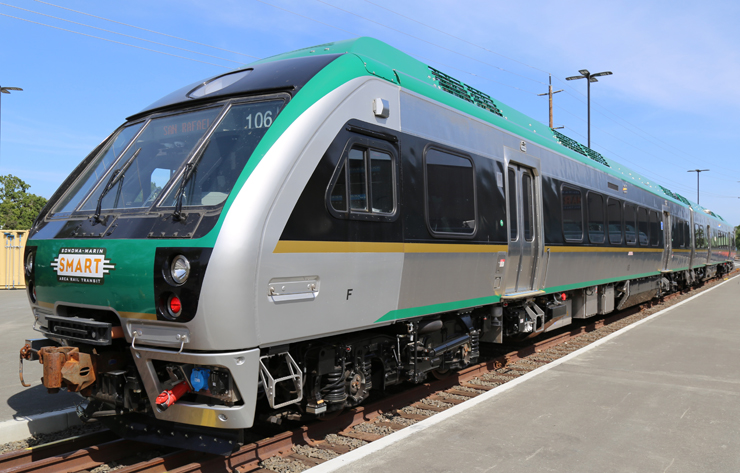
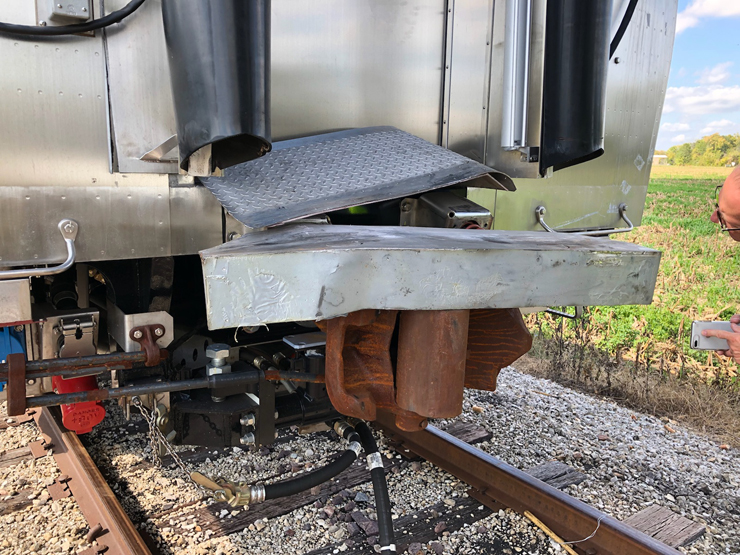


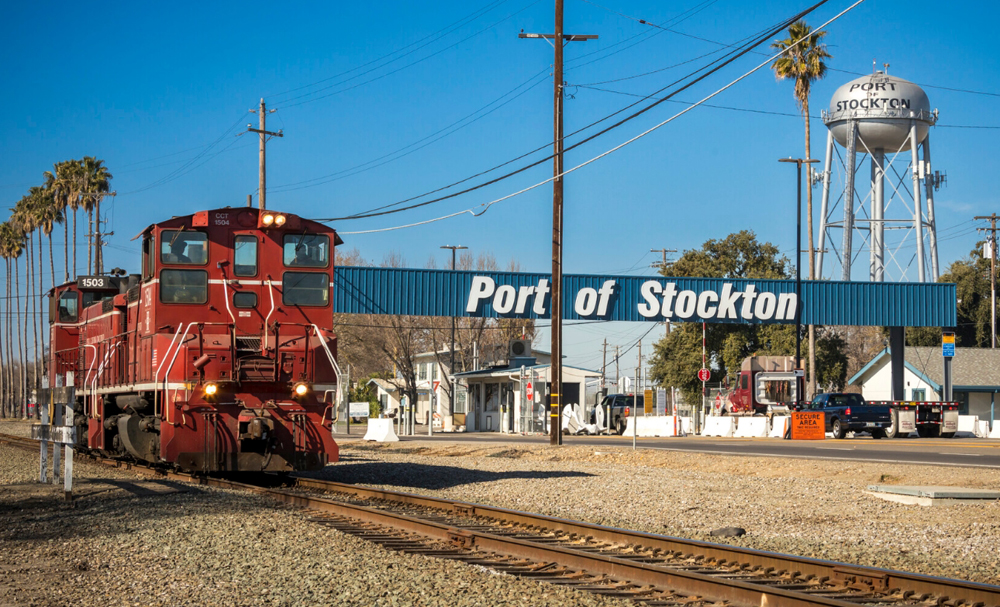
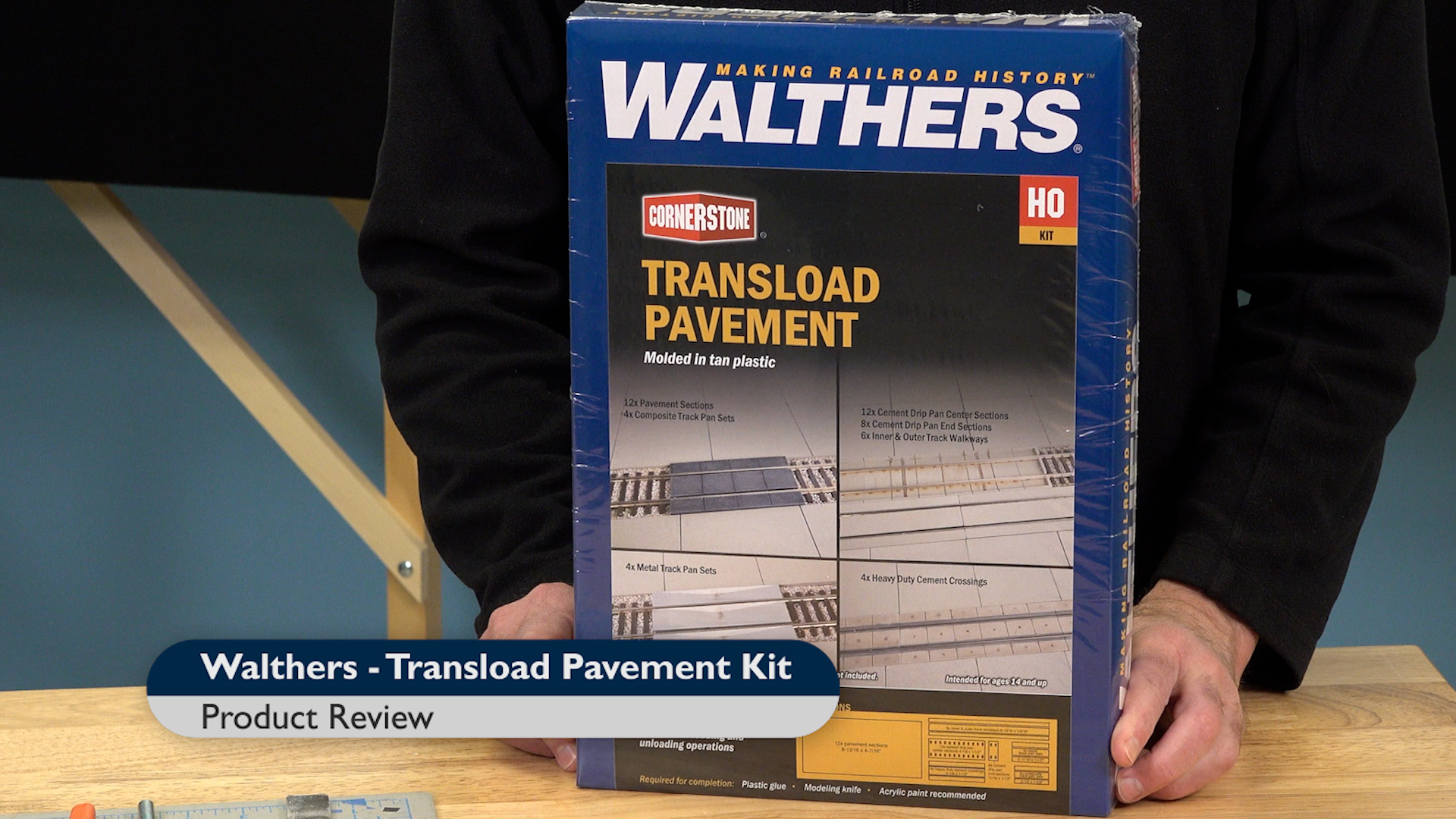
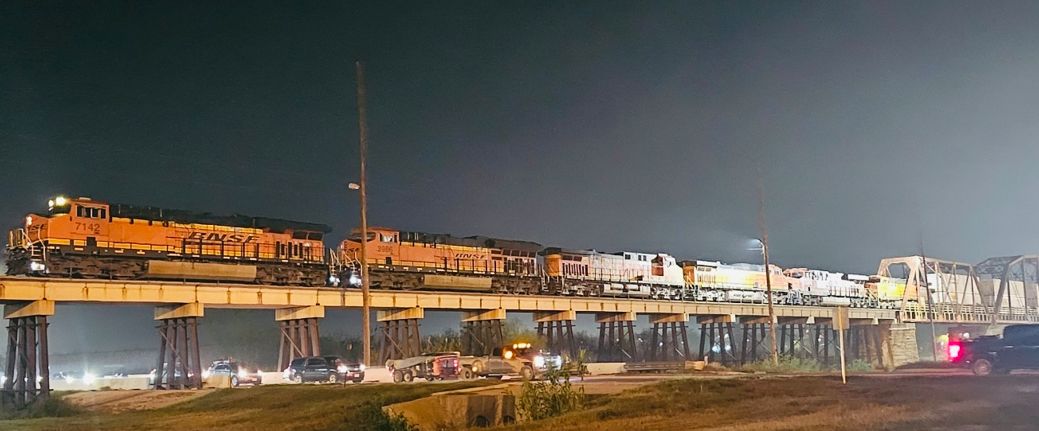




The way I looked to the damaged as I believed it was between a ship and a dock while ship was moving by heavy wave water during the loading and unloaded and damaged from Japan or US dock.
When all the finger pointing is done, who pays the damaged freight claim?
Back when I was escorting passenger cars the number one thing to look out for was coupling up to a freight car with shelf couplers, specifically top shelf as found on most tank cars and some covered hoppers, as the shelf would hit and damage the buffer. Looks too familiar.
Why use a Georgia port? Several reasons.
First, west-coast ports are generally much more expensive to use, and generally slower for loading/unloading (including dray time and access). The reason they have so much use is the time savings of the vessel. However, if a ship is already going to the east coast and there is capacity, the cost can be much lower.
Next, there are several firms in Georgia that are very good at equipment prep for shipments when they arrive. They do things like cleaning, custom painting, interior installation, etc. Their costs are much lower than the California contractors. I don’t know if any work was required, but that is a reason more and more automobiles and other equipment come through the Georgia ports.
The entire decision probably got down to total cost of the shipment, and with the larger Panama Canal, east coast ports are taking away some of the west coast business, especially where time is not as big of a factor as cost.
My comment same as Alan’s.
One oddity here: why would equipment being shipped from Japan to California go through a port in Georgia?
“760-hp clean diesel engine” REALLY?!?!?!?! This is such a marketing term. It should be illegal to use “clean” and “diesel” in the same sentence. I guess it’s all relative. I assume these are much more efficient than previous models, hence a little “cleaner” but they are still burning diesel, after it’s shipped, refined, shipped and stored. That’s hardly clean
Modern diesel engines are extremely clean with emissions near zero, except for carbon dioxide. Most of what comes out of the pipe is carbon dioxide and water vapor. This is the same as what comes out of your mouth when you exhale.
Louis Harris,
I think you need to educate yourself on current diesel engine technology, if you compared a diesel engine produced today vs one produced 10 or 15 years ago they are much cleaner than before, with significant reductions in emissions and particulate matter.
An insurance company will likely pay the claim. Who’s insurance company is another question.
Someone’s going to have to compensate Nippon Sharyo (assuming this isn’t their fault) and SMART for the late delivery. Insurance will pay that as well, I’m sure.